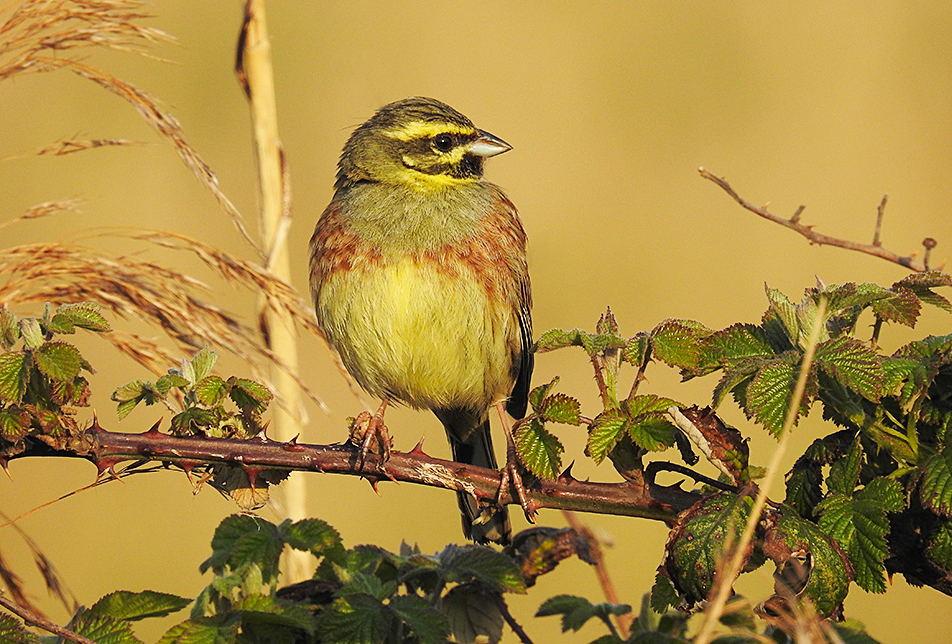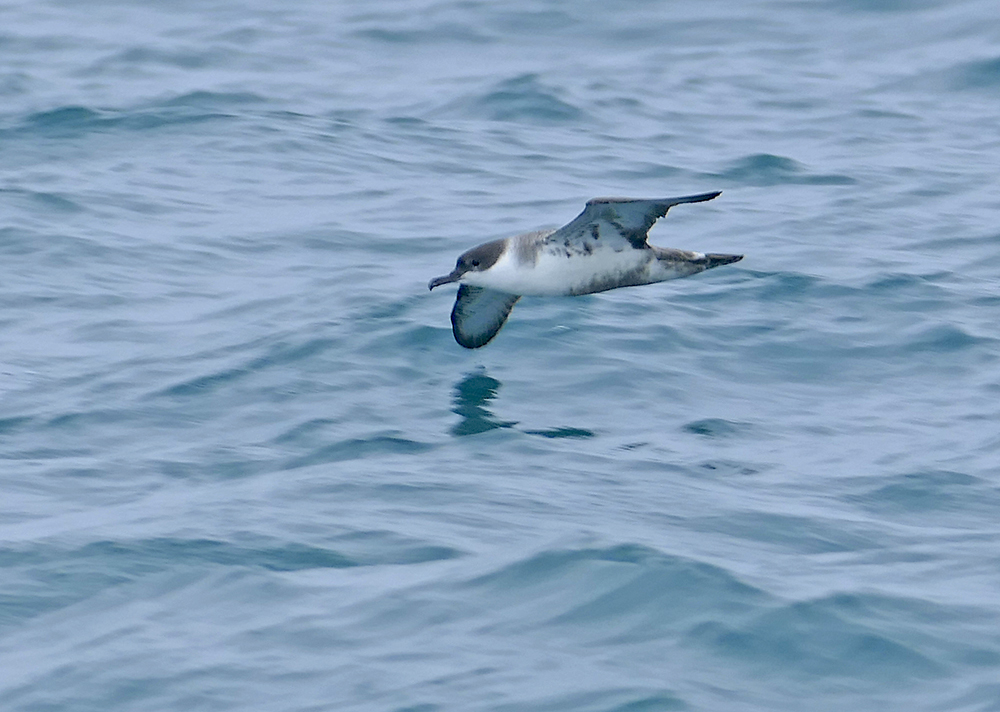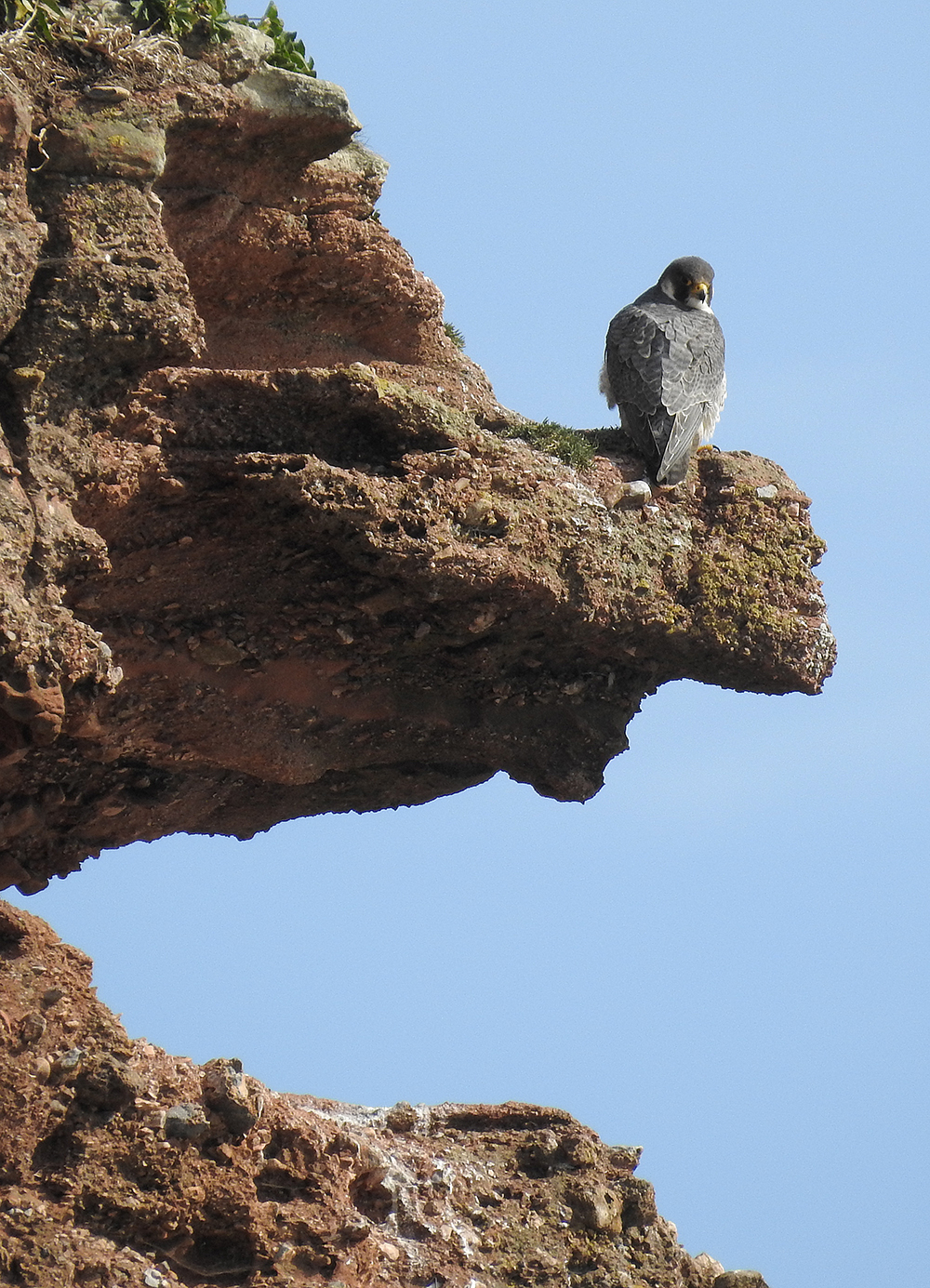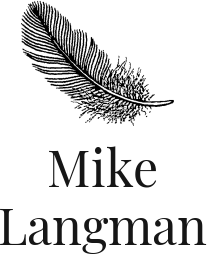Welcome to Mike Langman Art
Full time bird illustrator since 1992
With an impressive catalogue of 88 published books featuring his artwork, Mike is also commissioned to illustrate for numerous national magazines.
His work regularly appears in birdwatching magazines, BBC Wildlife and Countryfile Magazines.
Information board work can be seen all over the UK at virtually every RSPB reserve and many Wildlife Trust sites too.
A birder since the age of 11 Mike’s knowledge of birds and indeed other natural history has made him a popular walks/tour guide leader and speaker.



Summer, Autumn & winter walks, watches and cruises
now taking bookings
NEW – Gift Vouchers
Redeemable on walks, cruises or private tours for an amount of your choice Contact Mike for more information.
Reports on previous walks and cruises and be found on my Facebook site:
Summary reports with photos here: Facebook site
Also reports, photos and news on (click link): X (formerly Twitter)
2024 Guided Walks and Guided Cruises
note this year I’ve given a whole new page to Guided Cruises: https://mikelangman.co.uk/guided-cruises/
separating them from the Guided Walks: https://mikelangman.co.uk/walks/
Spaces on all of my walks and cruises are limited – booking is essential.
Contact Mike for more information or to book a place.

Social Feed
Another couple of benches by Greenspace Designs Ltd with my artwork- this time in Oxfordshire.
Man Sands Natural History Walk 17th July![]() A beautiful day for this stroll around the National Trust South West reserve of Man Sands – last year’s walk was cancelled due to bad weather!
A beautiful day for this stroll around the National Trust South West reserve of Man Sands – last year’s walk was cancelled due to bad weather!![]() The weather this summer has been awful with fewer than normal invertebrates - but at last there were a few butterflies, as we began our walk down the green lane. Gatekeepers, Meadow Browns, Red Admiral - by the end of the morning we had seen 9 species.
The weather this summer has been awful with fewer than normal invertebrates - but at last there were a few butterflies, as we began our walk down the green lane. Gatekeepers, Meadow Browns, Red Admiral - by the end of the morning we had seen 9 species. ![]() Listening to bird calls in the hedges we tried to get to grips with the commoner birds; Chiffchaff, Bullfinch, Wrens, Blackcap and off in the distance a ‘rattling’ Cirl Bunting.
Listening to bird calls in the hedges we tried to get to grips with the commoner birds; Chiffchaff, Bullfinch, Wrens, Blackcap and off in the distance a ‘rattling’ Cirl Bunting.![]() At the hide it was mostly Blue & Great Tits plus Dunnock and several Rats! After a while a female Cirl Bunting dropped onto the bird table feeder giving exceptionally close views of this Devon speciality.
At the hide it was mostly Blue & Great Tits plus Dunnock and several Rats! After a while a female Cirl Bunting dropped onto the bird table feeder giving exceptionally close views of this Devon speciality.![]() Looking over the marsh close to the sea a good mixture of birds were seen and heard; Little Grebe, Grey Heron, Reed Warbler, Cetti’s Warbler, Linnets, Goldfinch, Gadwall, Mallards, Coot & Moorhen. Several gulls, Herring, Great Black-backed & Black-headed were taking a bath in the freshwater lake.
Looking over the marsh close to the sea a good mixture of birds were seen and heard; Little Grebe, Grey Heron, Reed Warbler, Cetti’s Warbler, Linnets, Goldfinch, Gadwall, Mallards, Coot & Moorhen. Several gulls, Herring, Great Black-backed & Black-headed were taking a bath in the freshwater lake. ![]() Walking up and back to the hillside to view south of Man Sands Meadow Pipits, Yellowhammer, Stonechats were found and a family party of Linnets.
Walking up and back to the hillside to view south of Man Sands Meadow Pipits, Yellowhammer, Stonechats were found and a family party of Linnets. ![]() Back on the beach we delved into the life of the Sand Hopper and the benefits of tideline seaweed debris. Turning a few stones revealed many of the bouncy Sand Hoppers.
Back on the beach we delved into the life of the Sand Hopper and the benefits of tideline seaweed debris. Turning a few stones revealed many of the bouncy Sand Hoppers.![]() Under the cliffs it didn’t take long to find our first Wall Lizard followed by 3 more further along the beach and during our snack break. Other interesting sightings included Yellow-horned Poppy, Little Egret, Kestrels, Sparrowhawk, Buzzards, Shags Cormorants and a distant flock of feeding gulls with accompanying Gannets.
Under the cliffs it didn’t take long to find our first Wall Lizard followed by 3 more further along the beach and during our snack break. Other interesting sightings included Yellow-horned Poppy, Little Egret, Kestrels, Sparrowhawk, Buzzards, Shags Cormorants and a distant flock of feeding gulls with accompanying Gannets.![]() At the back of the beach several wasp like a Bee Wolves were busy digging or opening burrows ready to bring back their prey. One put on a great show hurriedly flicking sandy soil like a digging terrier dog!
At the back of the beach several wasp like a Bee Wolves were busy digging or opening burrows ready to bring back their prey. One put on a great show hurriedly flicking sandy soil like a digging terrier dog!![]() Heading back along the new path a singing Cirl Bunting put on a good show. A couple of stops for dragonflies added a few extra species for the day including Blue-tailed and Blue or Azure Damselflies, Broad-bodied Chaser and Black-tailed Skimmer plus several big Emperor Dragonflies.
Heading back along the new path a singing Cirl Bunting put on a good show. A couple of stops for dragonflies added a few extra species for the day including Blue-tailed and Blue or Azure Damselflies, Broad-bodied Chaser and Black-tailed Skimmer plus several big Emperor Dragonflies.![]() Our stroll back up the hill to the car park was eventful with Firecrest, Chiffchaffs and a stunning and very obligingly perched Golden-ringed that was taking a break from hunting along the hedgerow.
Our stroll back up the hill to the car park was eventful with Firecrest, Chiffchaffs and a stunning and very obligingly perched Golden-ringed that was taking a break from hunting along the hedgerow.![]() A very successful morning with virtually all the natural history of the area (hopped for) found and seen well.
A very successful morning with virtually all the natural history of the area (hopped for) found and seen well. ![]() Thanks to Alan Hughes for sending on his photographs to use in this summary.
Thanks to Alan Hughes for sending on his photographs to use in this summary.
Great work
Looks great guys, glad they went for the blue for the river, it works well.
Kingswear: Seals and Cetacean Cruise 15th July 5pm-9pm![]() A thoroughly damp day eventually turned into a drier and then bright evening for the cruise. Heading out of the Dart Estuary on African Queen Dartmouth Start Bay was unusually quiet. Heading N with the slight swell made for a comfortable cruise. Gannets, Fulmar, Guillemots a few Mediterranean Gulls were spotted and on the rocky islands Kittiwakes, Shags and Cormorants. A couple of Close Harbour Porpoises were the only cetaceans seen during the sea cruise part of the evening. back at Mewstone Rocks there were plenty of young Cormorants and at least 9 Grey Seals.
A thoroughly damp day eventually turned into a drier and then bright evening for the cruise. Heading out of the Dart Estuary on African Queen Dartmouth Start Bay was unusually quiet. Heading N with the slight swell made for a comfortable cruise. Gannets, Fulmar, Guillemots a few Mediterranean Gulls were spotted and on the rocky islands Kittiwakes, Shags and Cormorants. A couple of Close Harbour Porpoises were the only cetaceans seen during the sea cruise part of the evening. back at Mewstone Rocks there were plenty of young Cormorants and at least 9 Grey Seals.![]() The second part of the evening was the cruise up the Dart Estuary. the usual Oystercatcher, Grey Herons and Little Egrets were found and the first returning Black-headed Gulls, already finished breeding elsewhere in Britain and Europe. a large flock of Gulls had obviously found a shoal of fish, scanning through the flock revealed Herring Gull, Black-headed Gulls and a couple of adult Mediterranean Gulls. We searched for the rare in the SW Harbour Seal first a Grey Seal then two more and eventually on a pontoon 3 Harbour Seals and immature Grey Seals which I mistook for pup Harbour Seals. They posed well for the cameras!
The second part of the evening was the cruise up the Dart Estuary. the usual Oystercatcher, Grey Herons and Little Egrets were found and the first returning Black-headed Gulls, already finished breeding elsewhere in Britain and Europe. a large flock of Gulls had obviously found a shoal of fish, scanning through the flock revealed Herring Gull, Black-headed Gulls and a couple of adult Mediterranean Gulls. We searched for the rare in the SW Harbour Seal first a Grey Seal then two more and eventually on a pontoon 3 Harbour Seals and immature Grey Seals which I mistook for pup Harbour Seals. They posed well for the cameras!![]() Heading back down the river another Harbour Seal was seen and several Buzzards soared of the estuary side woodlands.
Heading back down the river another Harbour Seal was seen and several Buzzards soared of the estuary side woodlands. ![]() A single Little Egret had dropped into the trees beside the Britannia Royal Naval college - perhaps it was still too early in the evening for the normally sizeable roost.
A single Little Egret had dropped into the trees beside the Britannia Royal Naval college - perhaps it was still too early in the evening for the normally sizeable roost.![]() The Seal Project
The Seal Project![]() Devon Sea Safari
Devon Sea Safari![]()
![]() There are still a few places left on the same cruise on Tuesday 13th August when we might be lucky to see the first of any returning Ospreys on the Estuary.
There are still a few places left on the same cruise on Tuesday 13th August when we might be lucky to see the first of any returning Ospreys on the Estuary.
